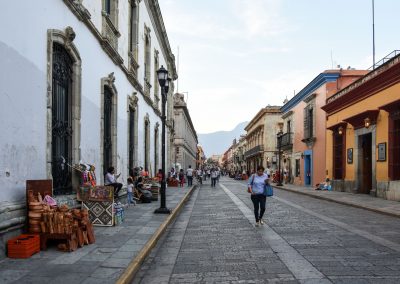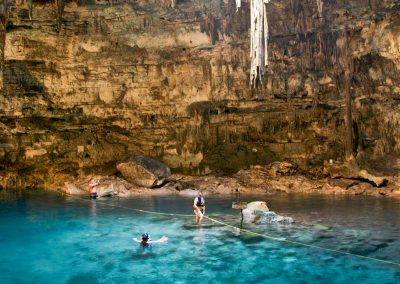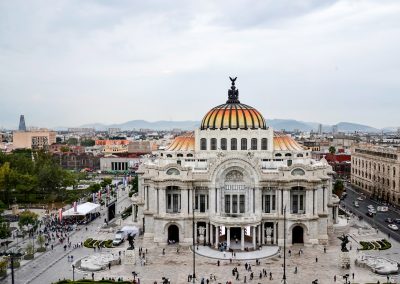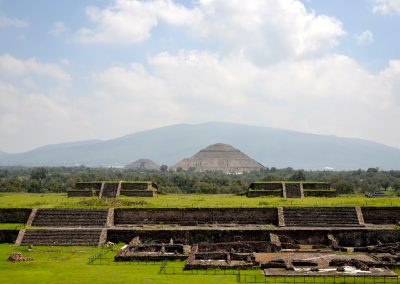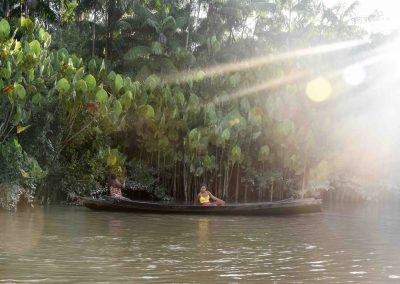Actually my opinion on Cuba is not totally positive. At the end of two weeks, I left there quite tired with the constant begging, with the immediate association that if we are there it is because we have something to give them, with the constant enticement of any service they have to offer, especially taxis. The truth is that when I arrived there, my knowledge about the political and economic state of Cuba was not much and when I arrived I could not identify myself with this reality, put myself in the role of this people.
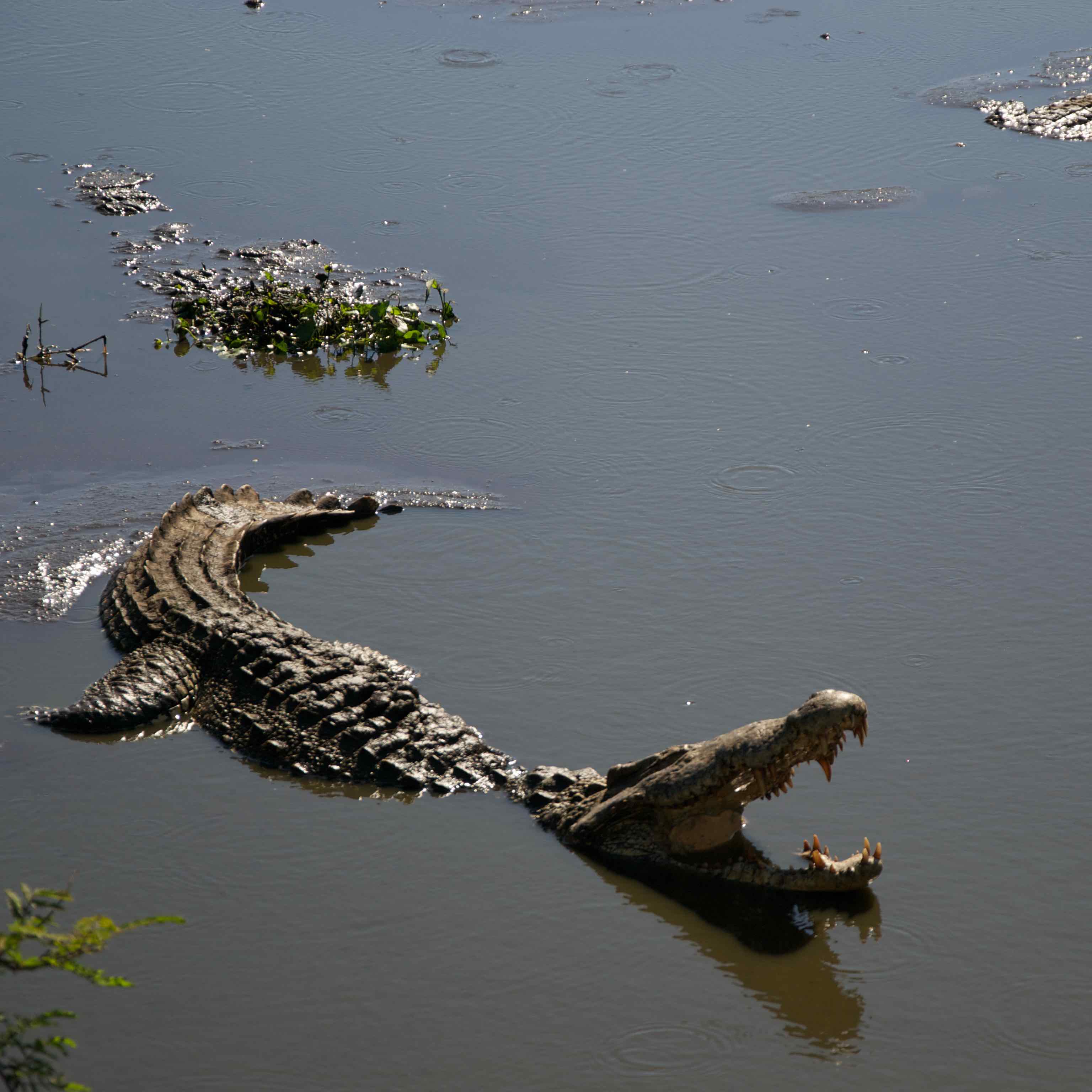

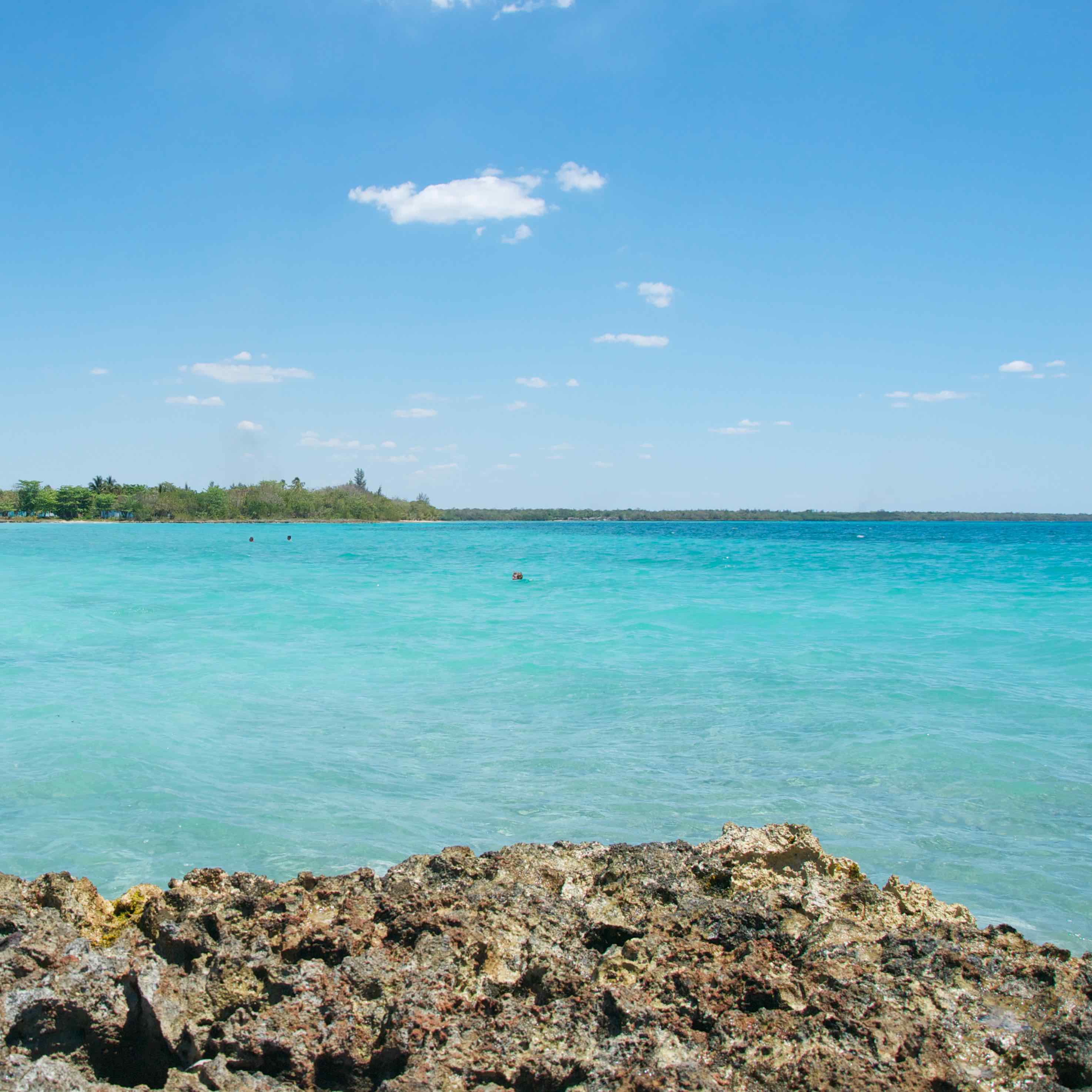
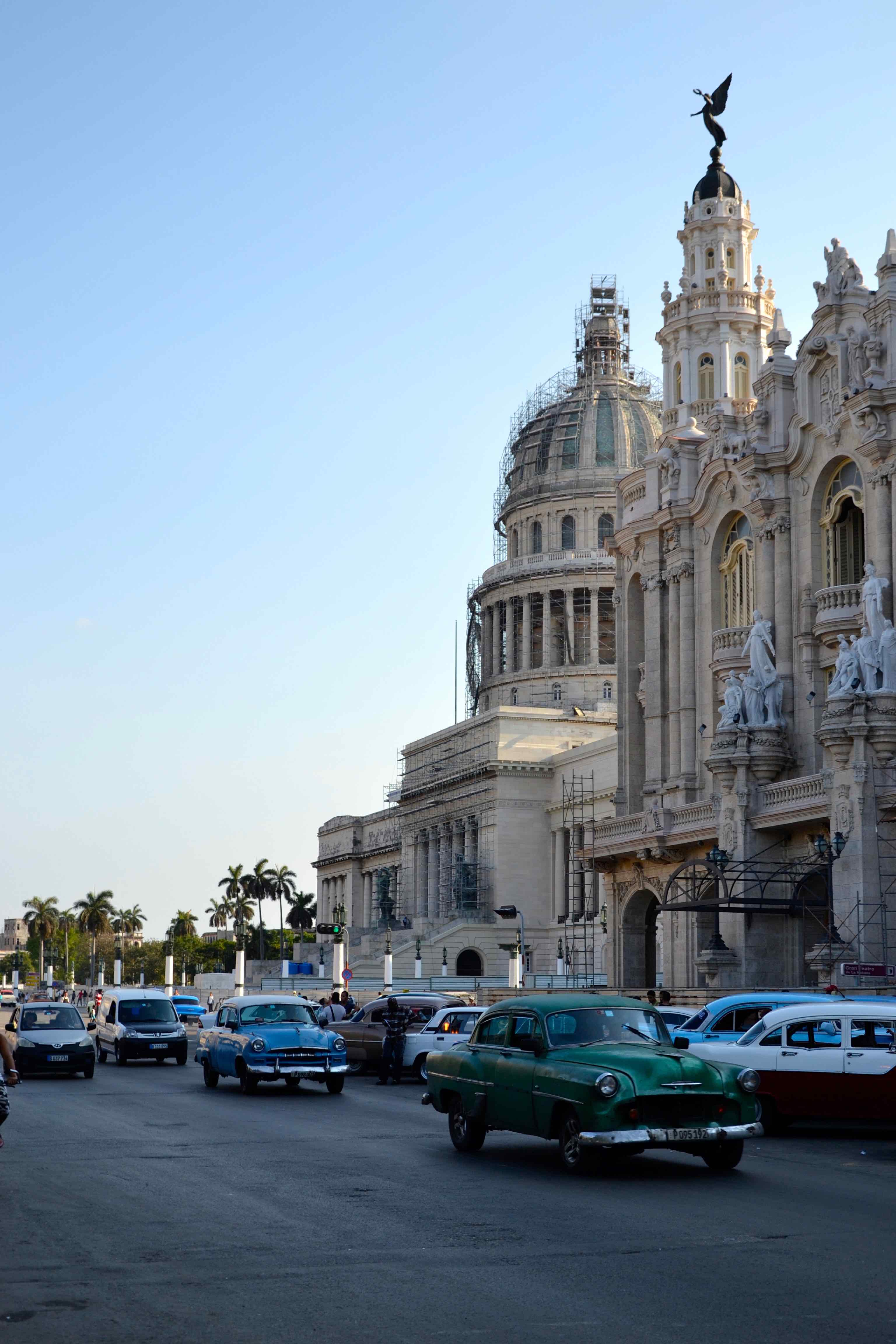

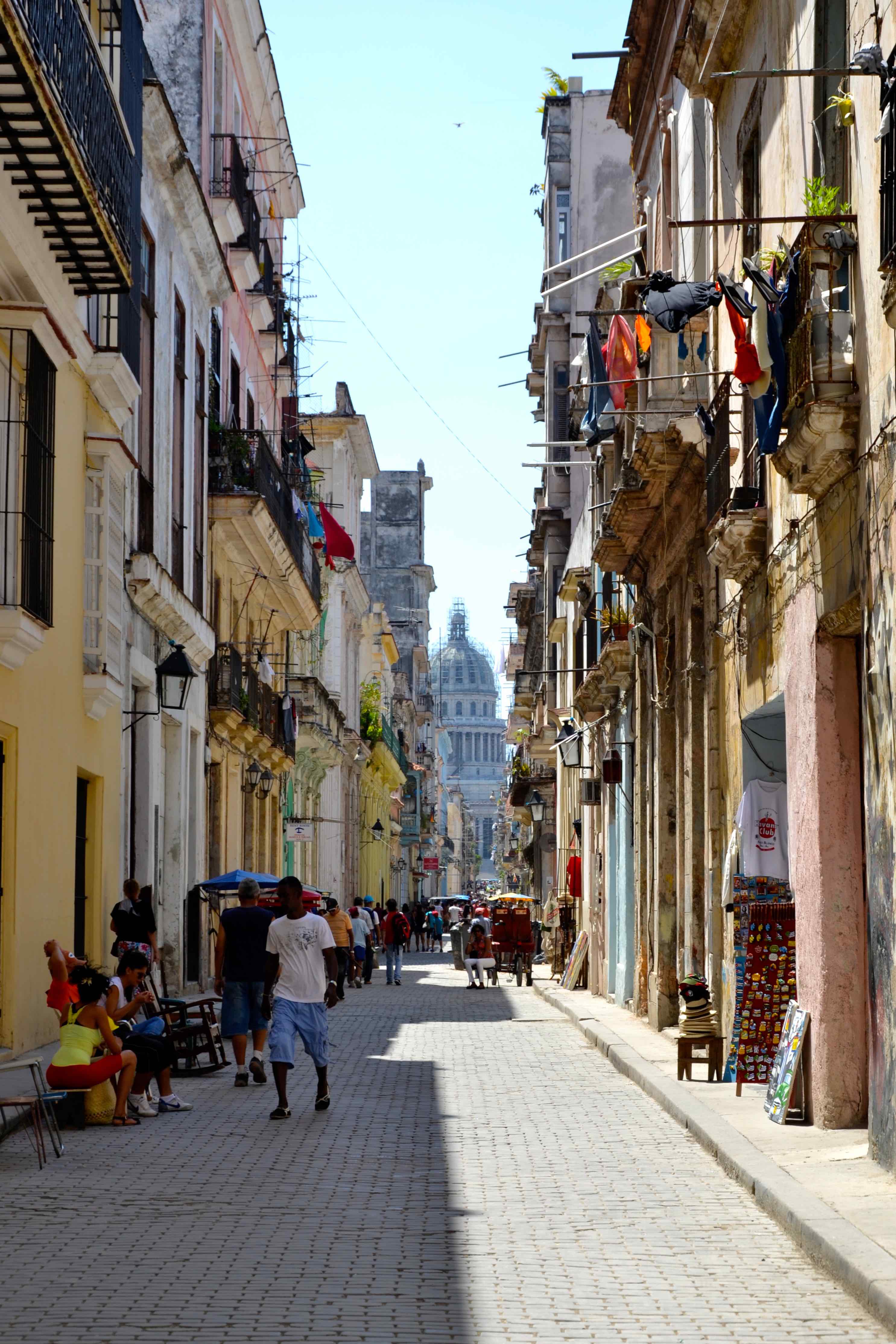
We visited the whole historical center, visited the various fortresses on both sides of the bay (to cross the bay there are boats that cost only 0.5CUP, that is 1/50$), we walked by the famous Malecón (the seaside, full of life), We visited the cathedral and the well known bar “La Bodeguita del Medio”; a tobacco shop of one of the factories, such as the chocolate museum shop. We also visited the Museum of the Revolution, which I think is a must see for anyone who wants to know more about Cuba’s recent history and the current state of its politics and economy.






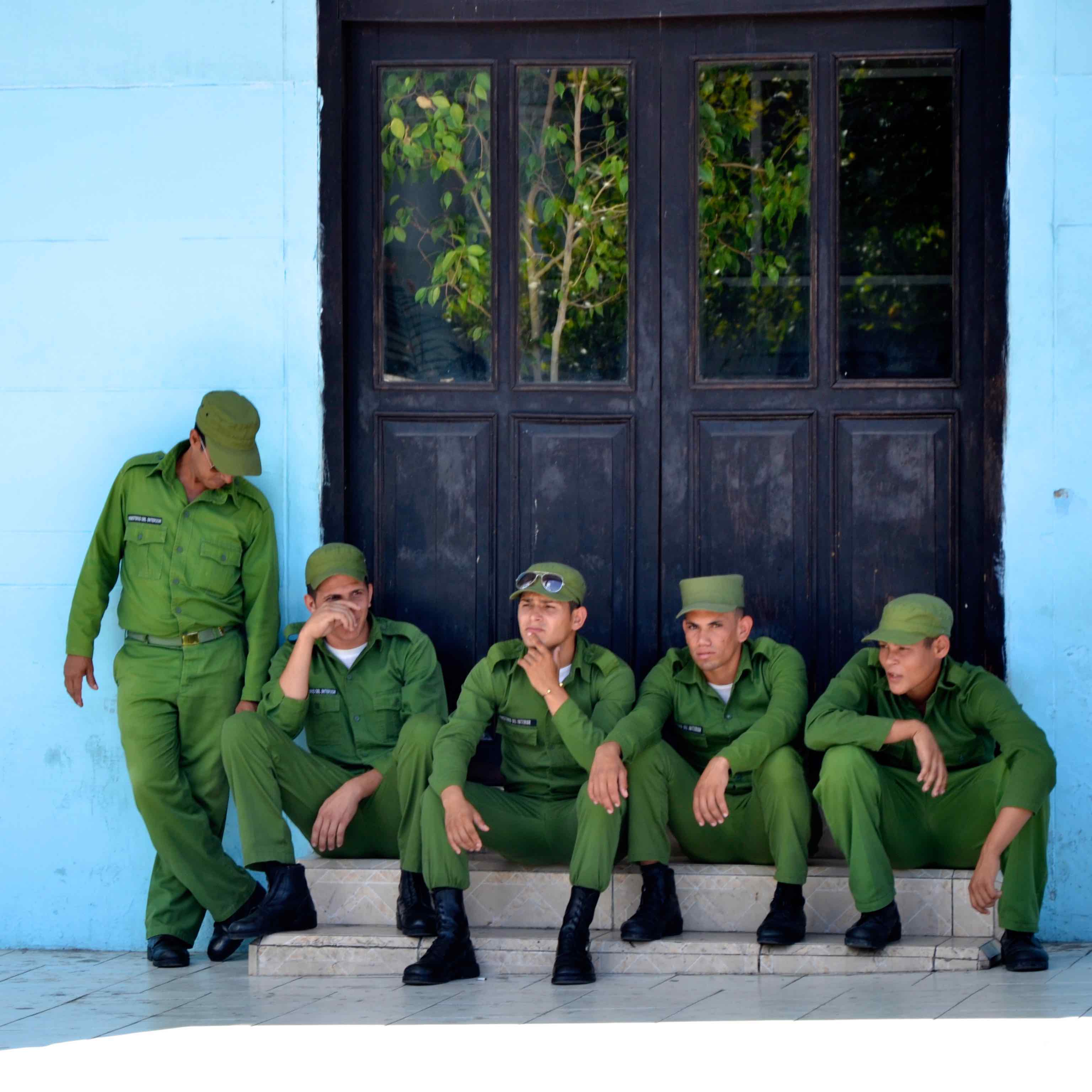


We decided to take a taxi-bike to Punta Gorda, where we thought the beaches were. They were not there but on the way we saw many neo-classical palaces, some from Arab influence. At Punta Gorda we met an old Cuban who had already participated in the Olympic Games and had the opportunity to leave Cuba many times, through championships, something that most Cubans do not have. Now he was retired and had a restaurant. After an hour of conversation we walked back home, it started to rain, then stopped. We watched an incredible sunset from the terrace of Inés Maria house, our favorite host, with whom we had long conversations about politics and music. Also on that night we were fortunate to assist to a live concert on television by trova singer Silvio Rodriguez, who was giving a concert in Panama. One of Jorge’s dreams was to go to a Silvio Rodriguez concert, this was the most similar one could have, and undoubtedly an unforgettable night!
VARADERO



We stayed one night in Varadero, but two whole days. This Casa Particular was the one I liked the least, not the house itself, which was great, but because the owners, to make money from it, would abdicate from their own house and sleep in an improvised bunkbed, inside the dispensary.
The beach was wonderful! A never ending white sand, palms everywhere, we even forgot that there was a city behind us. Ahead of us the turquoise tone of the Caribbean Sea! The day after Made came, with all her family, to spend the day at the beach with us and then took us back to Güines at the end of the day. Varadero was the perfect place to end our vacation in Cuba, we could to relax and forget a bit about all the begging.
P.S. For those who are counting the days, we still stayed one day in Güines, to rest and get to know Made’s family better. We even had the opportunity to go to a Cuban “supermarket”, quite interesting experience. Now and with some distance, I think this was the travel that made me grow more and to think about social and political differences and how it influences the life of a community.
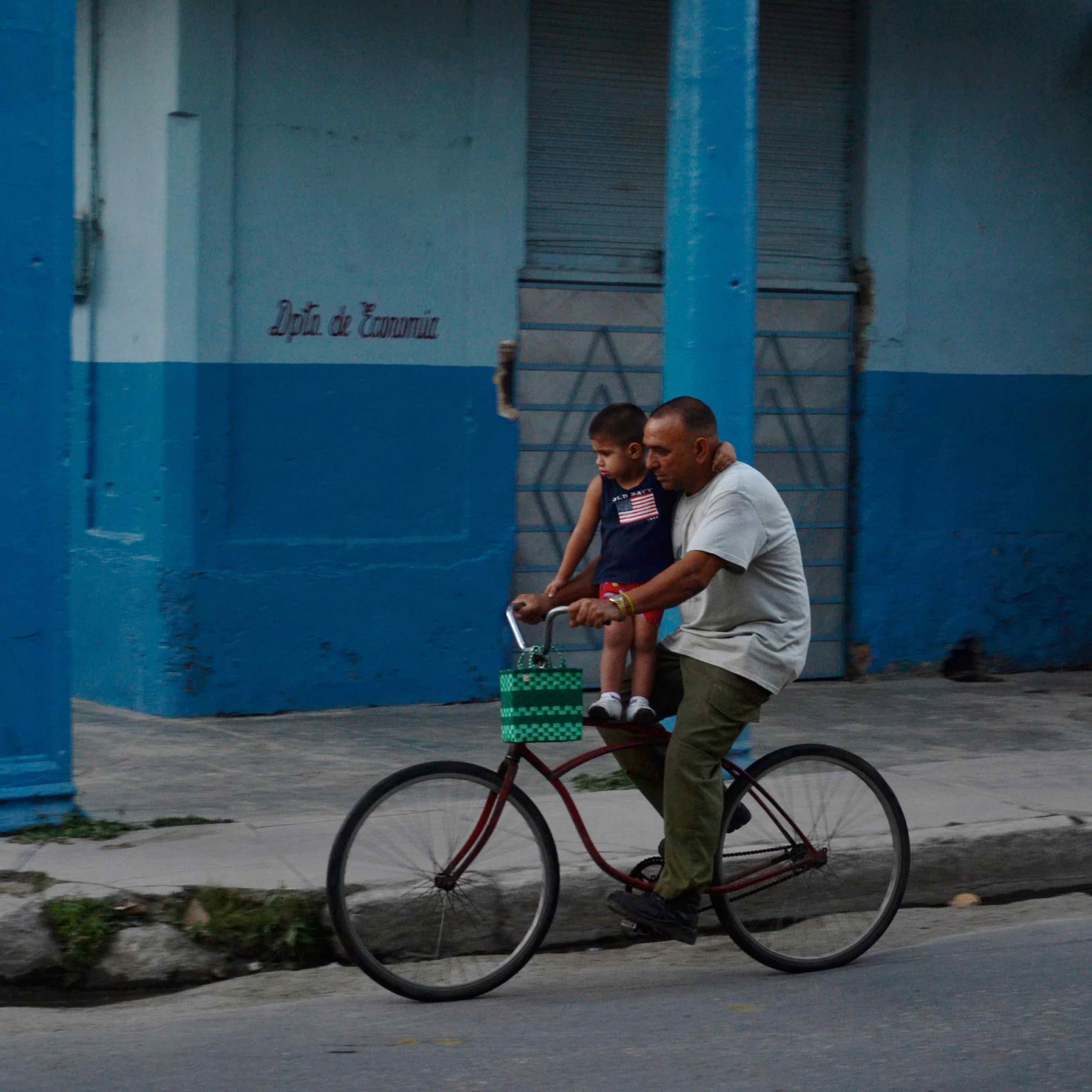
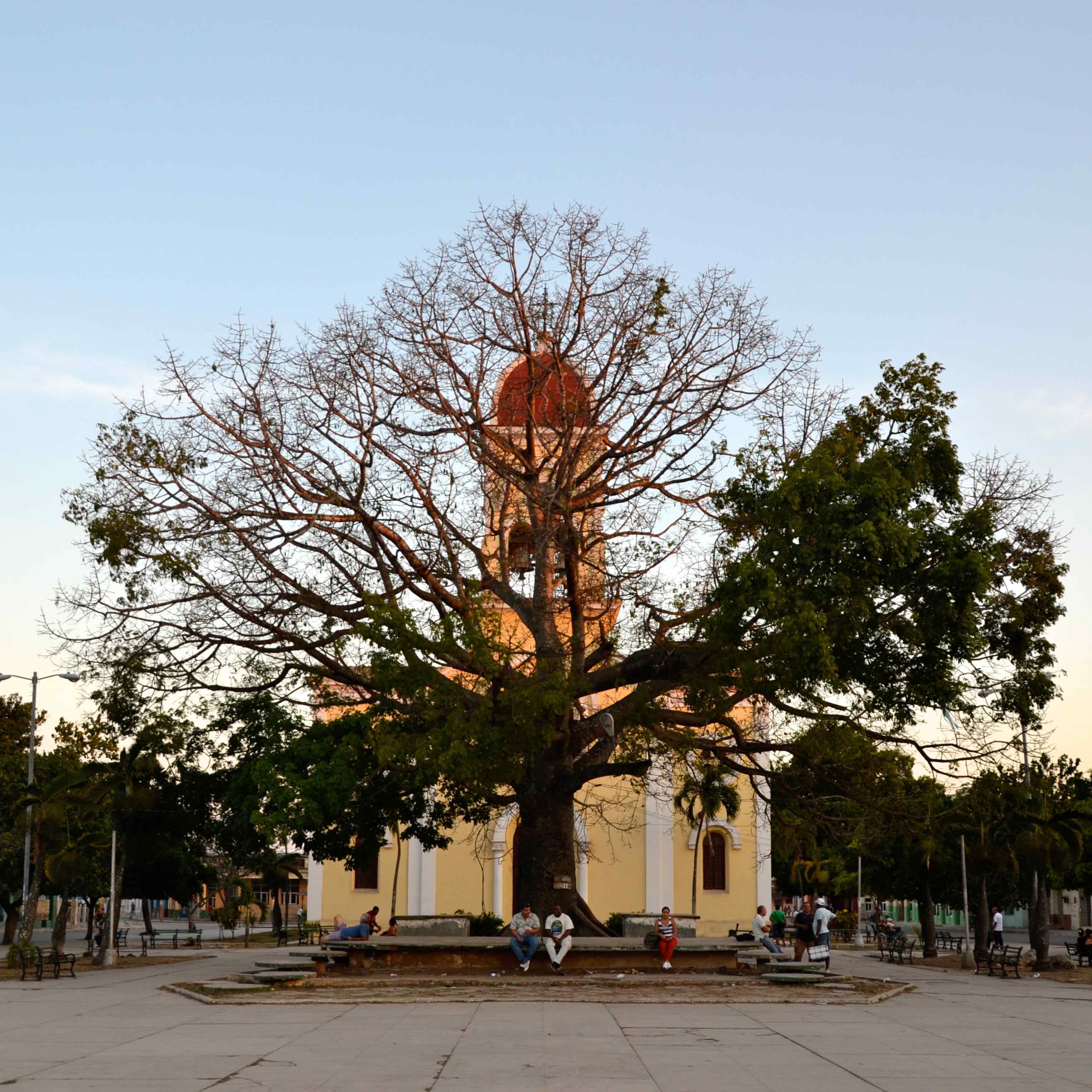
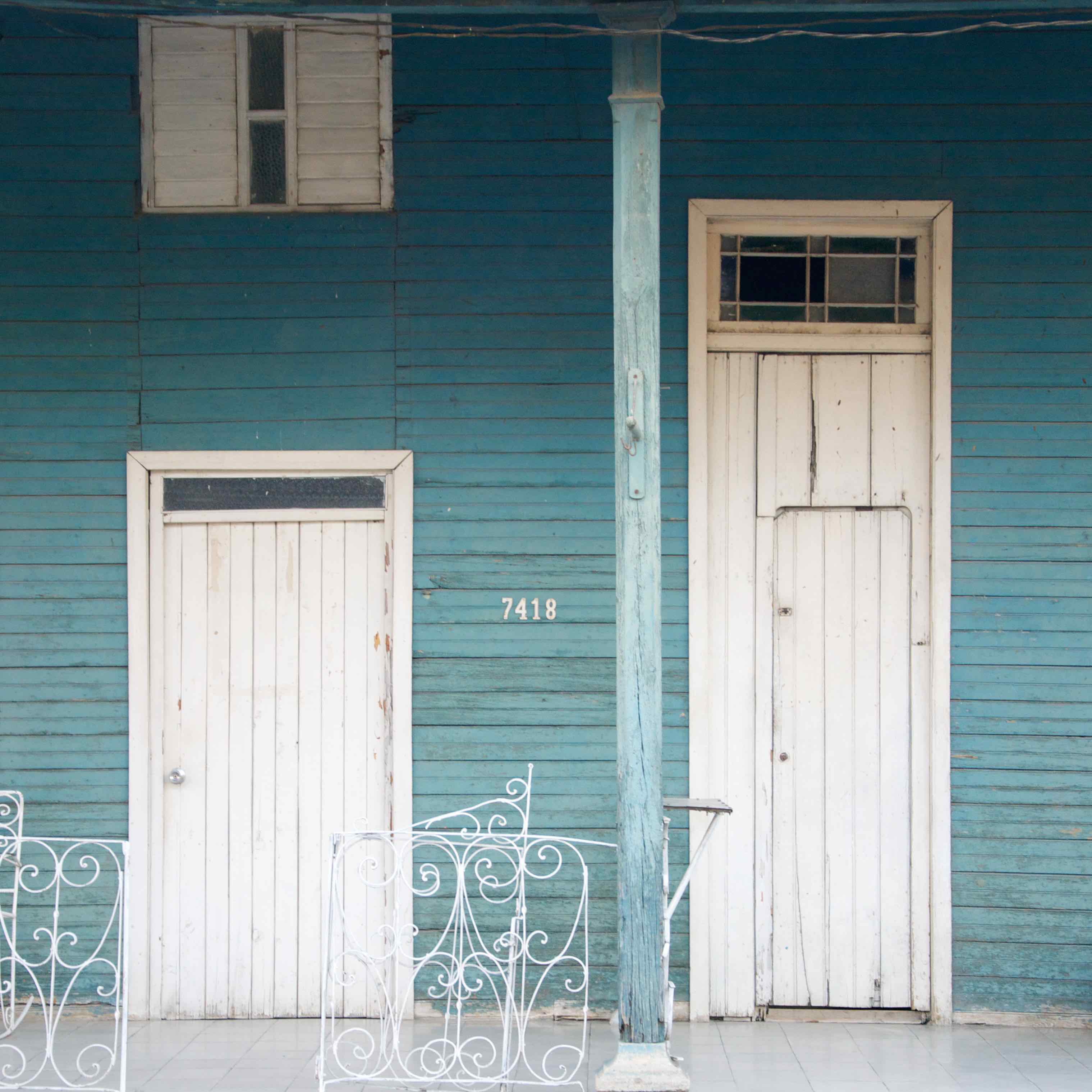
If you liked this post and want to read more about my trips in the american continent, you can visit the following posts:


